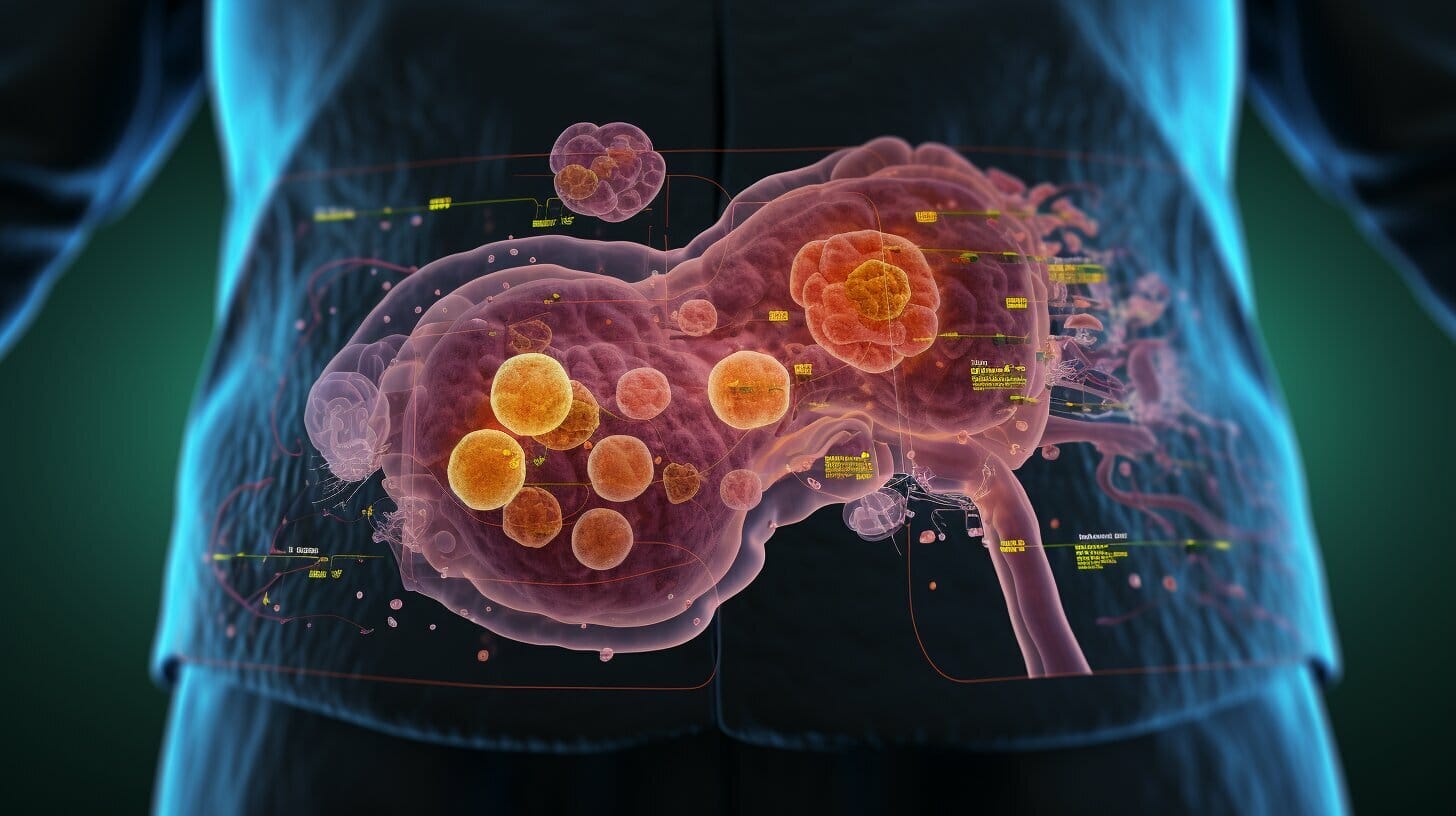
What is appendix cancer? Appendix cancer is a rare type of cancer that starts in the cells lining the inside of the appendix. This small, tube-shaped organ is attached to the large intestine. Though it might seem insignificant, the appendix can develop tumors that may spread to other parts of the body. Symptoms often go unnoticed until the cancer has progressed, making early detection challenging. Treatment usually involves surgery, sometimes combined with chemotherapy. Understanding this condition is crucial for early diagnosis and effective treatment. Let's dive into eight essential facts about appendix cancer to help you stay informed.
What is Appendix Cancer?
Appendix cancer is a rare type of cancer that starts in the cells lining the appendix. This small, tube-like organ is attached to the large intestine. Understanding this uncommon disease can help in early detection and treatment.
-
Rare Occurrence: Appendix cancer is extremely rare, affecting only about 1 in 1 million people each year. Due to its rarity, it often goes undiagnosed until it's advanced.
-
Types of Appendix Cancer: There are several types, including carcinoid tumors, mucinous adenocarcinomas, and goblet cell carcinomas. Each type behaves differently and requires unique treatment approaches.
Symptoms of Appendix Cancer
Symptoms of appendix cancer can be vague and easily mistaken for other conditions. Knowing these signs can lead to earlier diagnosis and better outcomes.
-
Abdominal Pain: Persistent pain in the lower right abdomen is a common symptom. This pain is often mistaken for appendicitis, leading to delayed diagnosis.
-
Bloating and Swelling: Unexplained bloating or swelling in the abdomen can be a sign. This occurs due to the buildup of mucin, a jelly-like substance produced by some types of appendix cancer.
Diagnosis and Detection
Early detection of appendix cancer is challenging but crucial. Various diagnostic tools and methods are used to identify this rare disease.
-
CT Scans and MRIs: Imaging tests like CT scans and MRIs are often used to detect tumors. These scans provide detailed pictures of the appendix and surrounding areas, helping doctors identify abnormalities.
-
Biopsy: A biopsy involves taking a small tissue sample from the appendix. This sample is then examined under a microscope to determine if cancer cells are present.
Treatment Options
Treatment for appendix cancer varies based on the type and stage of the disease. Several options are available to manage and treat this condition.
-
Surgery: Surgery is the most common treatment. It often involves removing the appendix and any surrounding tissue that may be affected. In some cases, more extensive surgery is needed.
-
Chemotherapy: Chemotherapy uses drugs to kill cancer cells. It may be used before surgery to shrink tumors or after surgery to eliminate any remaining cancer cells.
Final Thoughts on Appendix Cancer
Appendix cancer, though rare, is a serious condition that requires attention. Knowing the symptoms like abdominal pain, bloating, and changes in bowel habits can lead to early detection. Treatment options vary from surgery to chemotherapy, depending on the stage and type. It's crucial to consult with a specialist for a personalized treatment plan. Research is ongoing, offering hope for better outcomes in the future. Support from family, friends, and cancer support groups can make a significant difference in coping with the disease. Stay informed, ask questions, and advocate for your health. Early detection and proper treatment can improve survival rates and quality of life. Remember, knowledge is power when facing any medical condition. Stay proactive and take charge of your health journey.
Was this page helpful?
Our commitment to delivering trustworthy and engaging content is at the heart of what we do. Each fact on our site is contributed by real users like you, bringing a wealth of diverse insights and information. To ensure the highest standards of accuracy and reliability, our dedicated editors meticulously review each submission. This process guarantees that the facts we share are not only fascinating but also credible. Trust in our commitment to quality and authenticity as you explore and learn with us.
